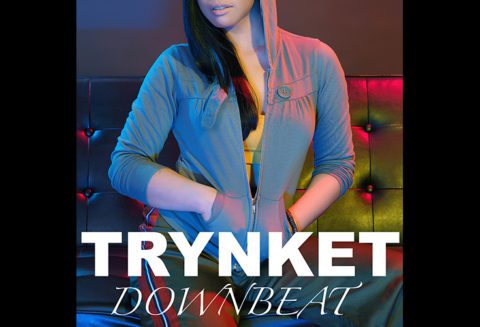
The age when people went to physical stores to buy CDs from their favorite artists is long gone. Nowadays, you just have to go online, click on your favorite song—and press play. Your favorite jams are streaming right into your ears, anytime, anywhere.
Global music streaming subscriptions have risen lately, and are expected to grow even more in the following years. Having that in mind, it’s the perfect time to build your own music portal. The best way to do that is through a web-based application. It works on any kind of operating system, it’s fast, and easy to implement.
What Is a Web-Based Application?
This is a type of software that allows users to interact with a remote server through their internet browser’s interface. They are becoming increasingly popular, even more than desktop applications. Lately, they have turned into an important tool for many businesses world-wide.
The reason why they are so popular is, in most cases, their portability and ease of use. You don’t have to download any additional software to use it. Additionally, you don’t have to develop several versions of the same app to make it work on different operating systems.
How to Make a Web-Based Application?
There are many ways of approaching the development of a web-based app. They vary according to the complexity of your project and how much effort you want to invest.
1. Coding Frameworks
This is the traditional way of approach. If you have technical skills or a team of developers at your disposal, you can try to do it yourself. You can use a lot of popular frameworks, like JavaScript or Python. However, this is the most resource-consuming method and, unless you’re confident in your skills, you might end up with a flawed app or worse—stuck in the process.
2. Outsourcing
If you want your app to be customized and tailored exactly to your requirements, then you could go to a software development company. They usually put a dedicated team at your disposal to create your app. With top companies, you could even get start-to-finish services, meaning that you could also get help with launching your product on the market as well.
3. No Code Builders
No-code tools simplify creating a web-app application and can be a great way to start your app development journey. Platforms like Bubble are a good means to kick-start your project. By using a visual programming language you can develop your web-app without having to learn complicated frameworks. However, your customization options might be limited with this solution.
4. Embedded Universal Players
All the solutions provided above don’t have a way around licensing the music that you want to share. By using an embedded player, you gain access to existing streaming services, like Spotify, or YouTube. This option can save you a lot of resources and time, but, as you can guess, you don’t have a lot of choices when it comes to customization or extra features. You can also use free music marketing tools to get rising artists to share their music through you.
What Challenges Are There?
When you want to start your own thing, there are plenty of challenges you need to take into consideration. They aren’t something you can’t overcome, but you need to be aware of them and plan ahead.
1. Licensing
In order to be on the right side of the law, you will have to pay royalties to the rightful owners of the artists playing the music on your app. You will need a public performance license. These expenses can quickly build up, and you need to be prepared for this.
2. Customization
There are so many music portals on the Internet that, in order to be successful, you need to stand out of the crowd. This means that you need to come up with unique features and great user-experience, so that users will come to you, instead of the most popular similar apps out there.
3. Offline Access
Most people want to listen to their music while they are offline as well. This means that you need to provide them with an option to save and download their songs—while making them use your app even offline.
4. Unique Features
Since there are a lot of music portals out there, you need to find something that hasn’t been done before. Or, you need to make your features better than everyone else’s. The best strategy is to conduct market research. What do music listeners want to use? What feedback do they give to similar apps?
5. Design
Just like with the unique features you need to pay attention to the design of your app. You need to deliver a great user-experience, with music listeners in mind. The best approach would be to keep the design as minimal as possible, so that the real focus would be the music.
What to Remember
You have a lot of options for developing your own music portal. One of the best choices is to go for a web-based application—it’s affordable, portable, and versatile. However, before you jump right on the action, you need to conduct a market research.
Before deciding which way to choose, you need to figure out exactly how you want your music portal to be. What level of customization you require, what resources you have available, and how long you want the development to take.
Most importantly, you need to figure out what features you want your app to have and what would make it unique on the market.




